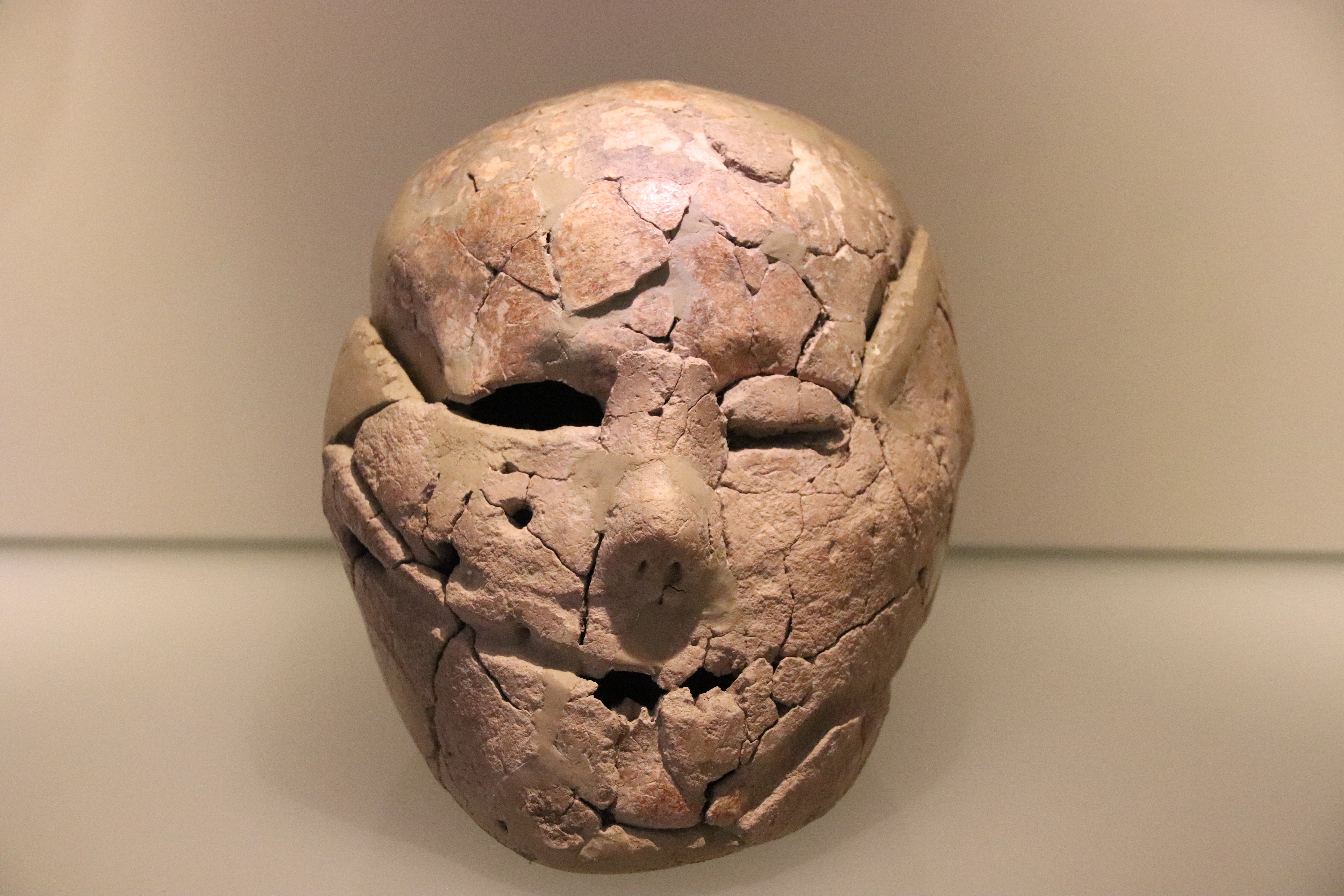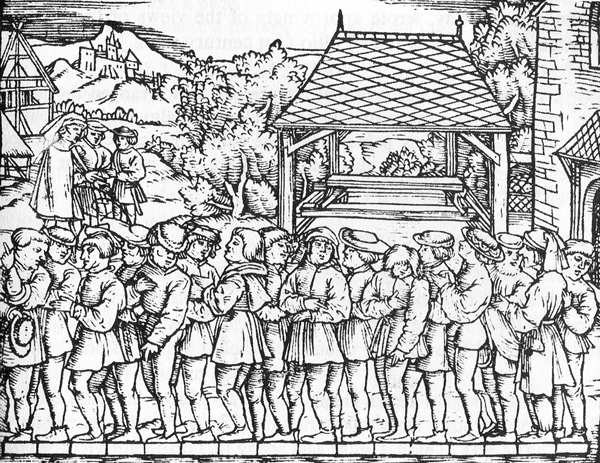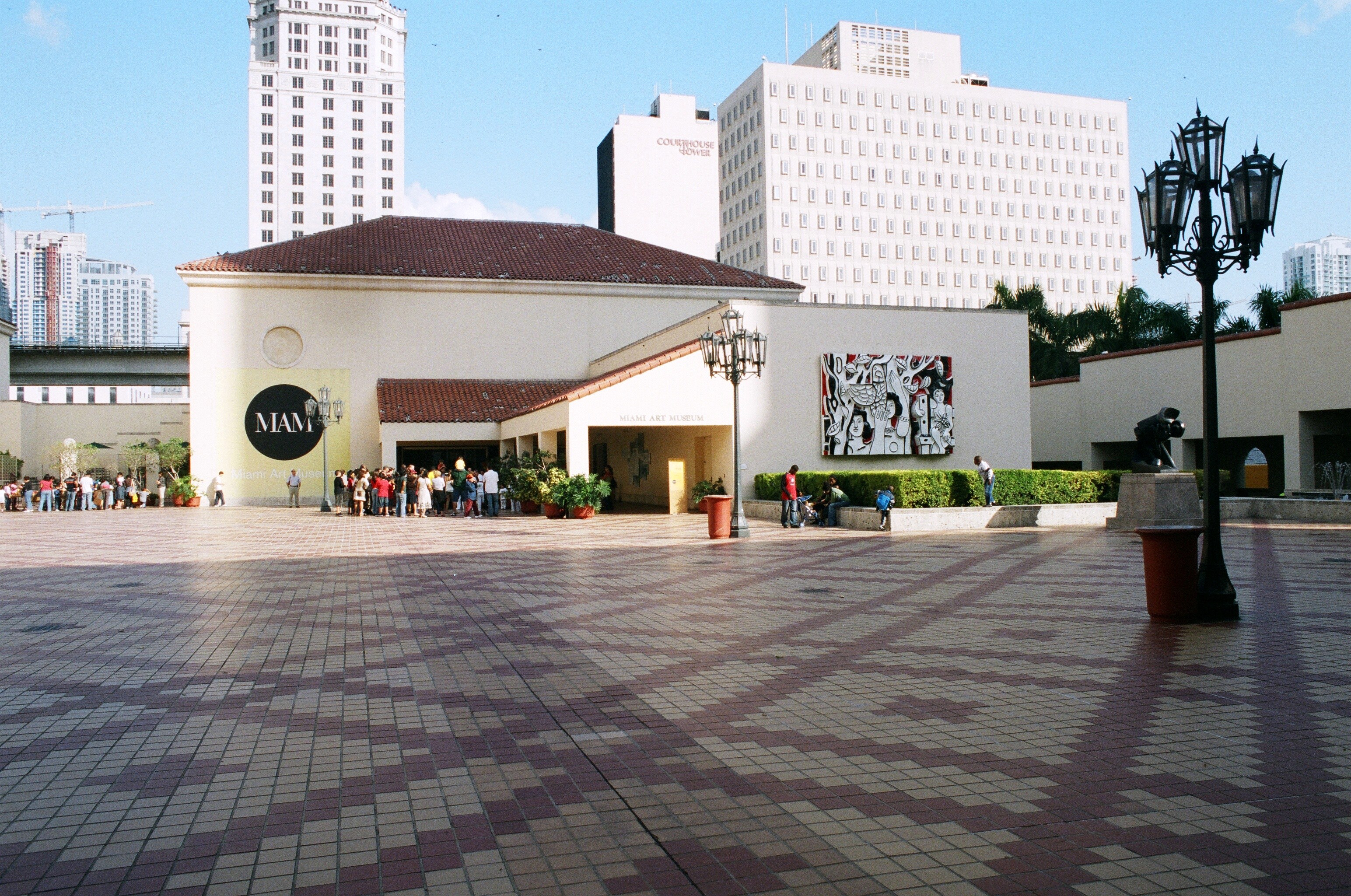|
Looking Into My Dreams, Awilda
''Looking Into My Dreams, Awilda'', or simply ''Awilda'', is a 2012 sculpture by Jaume Plensa. Description and history The 39-Foot (unit), foot tall sculpture originally stood in the surf of Guanabara Bay in Rio de Janeiro, before being moved to Chicago's Millennium Park. It stood in Millennium Park from June 2014 until January 2016. As of March 2017, ''Awilda'' stands at the Pérez Art Museum Miami. It is composed of resin and marble dust, with a metal support structure and an internal frame of fiberglass. ''Awilda'' is based on a real person, a Dominican Republic, Dominican girl who came to Spain with her mother, who Plensa knew in Barcelona. Plensa took her portrait with a laser scanner, capturing 3D modeling, 3D information to manipulate and scale into larger models. See also * List of public art in Chicago References External links Jaume Plensa, ''LOOKING INTO MY DREAMS, AWILDA, 2016''Jaume Plensa - Looking into my Dreams (Awilda) OIR 2012 English Subtitles 2012 s ... [...More Info...] [...Related Items...] OR: [Wikipedia] [Google] [Baidu] |
Jaume Plensa
Jaume Plensa i Suñé (; born 23 August 1955) is a Spanish visual artist, sculptor, designer and engraver. He is a versatile artist who has also created opera sets, video projections and acoustic installations. He worked with renowned Catalan theatrical group La Fura dels Baus. He is better known for his large sculptures made up of letters and numbers. Biography Plensa was born in Barcelona, Catalonia, Spain. He left the studies of fine arts in Barcelona and continued to train in a self-taught way. Works Plensa's works include the '' Crown Fountain'' at Millennium Park in Chicago, Illinois, which opened in July 2004.. The fountain is composed of a black granite reflecting pool placed between a pair of glass brick towers. The towers are tall,. and they use light-emitting diodes (LEDs) to display digital videos on the inward faces. In the summer of 2007, he participated in the Chicago public art exhibit, '' Cool Globes: Hot Ideas for a Cooler Planet''. Another Plensa piece is ... [...More Info...] [...Related Items...] OR: [Wikipedia] [Google] [Baidu] |
Dominican Republic
The Dominican Republic ( ; es, República Dominicana, ) is a country located on the island of Hispaniola in the Greater Antilles archipelago of the Caribbean region. It occupies the eastern five-eighths of the island, which it shares with Haiti, making Hispaniola one of only two Caribbean islands, along with Saint Martin, that is shared by two sovereign states. The Dominican Republic is the second-largest nation in the Antilles by area (after Cuba) at , and third-largest by population, with approximately 10.7 million people (2022 est.), down from 10.8 million in 2020, of whom approximately 3.3 million live in the metropolitan area of Santo Domingo, the capital city. The official language of the country is Spanish. The native Taíno people had inhabited Hispaniola before the arrival of Europeans, dividing it into five chiefdoms. They had constructed an advanced farming and hunting society, and were in the process of becoming an organized civilization. The Taínos also ... [...More Info...] [...Related Items...] OR: [Wikipedia] [Google] [Baidu] |
Outdoor Sculptures In Chicago
Outdoor(s) may refer to: *Wilderness * Natural environment *Outdoor cooking *Outdoor education * Outdoor equipment * Outdoor fitness * Outdoor literature * Outdoor recreation * Outdoor Channel, an American pay television channel focused on the outdoors See also * * * ''Out of Doors'' (Bartók) *Field (other) Field may refer to: Expanses of open ground * Field (agriculture), an area of land used for agricultural purposes * Airfield, an aerodrome that lacks the infrastructure of an airport * Battlefield * Lawn, an area of mowed grass * Meadow, a ... * Outside (other) *'' The Great Outdoors (other)'' {{disambiguation ... [...More Info...] [...Related Items...] OR: [Wikipedia] [Google] [Baidu] |
2012 Sculptures
1 (one, unit, unity) is a number representing a single or the only entity. 1 is also a numerical digit and represents a single unit of counting or measurement. For example, a line segment of ''unit length'' is a line segment of length 1. In conventions of sign where zero is considered neither positive nor negative, 1 is the first and smallest positive integer. It is also sometimes considered the first of the infinite sequence of natural numbers, followed by 2, although by other definitions 1 is the second natural number, following 0. The fundamental mathematical property of 1 is to be a multiplicative identity, meaning that any number multiplied by 1 equals the same number. Most if not all properties of 1 can be deduced from this. In advanced mathematics, a multiplicative identity is often denoted 1, even if it is not a number. 1 is by convention not considered a prime number; this was not universally accepted until the mid-20th century. Additionally, 1 is the ... [...More Info...] [...Related Items...] OR: [Wikipedia] [Google] [Baidu] |
List Of Public Art In Chicago
The city of Chicago, Illinois, is home to many notable works of public art on permanent display in an outdoor public space. References External links * {{Public art in the United States Art, Public Chicago (''City in a Garden''); I Will , image_map = , map_caption = Interactive Map of Chicago , coordinates = , coordinates_footnotes = , subdivision_type = Country , subdivision_name ... * Art, Public ... [...More Info...] [...Related Items...] OR: [Wikipedia] [Google] [Baidu] |
3D Modeling
In 3D computer graphics, 3D modeling is the process of developing a mathematical coordinate-based representation of any surface of an object (inanimate or living) in three dimensions via specialized software by manipulating edges, vertices, and polygons in a simulated 3D space. Three-dimensional (3D) models represent a physical body using a collection of points in 3D space, connected by various geometric entities such as triangles, lines, curved surfaces, etc. Being a collection of data (points and other information), 3D models can be created manually, algorithmically ( procedural modeling), or by scanning. Their surfaces may be further defined with texture mapping. Outline The product is called a 3D model. Someone who works with 3D models may be referred to as a 3D artist or a 3D modeler. A 3D Model can also be displayed as a two-dimensional image through a process called 3D rendering or used in a computer simulation of physical phenomena. 3D Models may be create ... [...More Info...] [...Related Items...] OR: [Wikipedia] [Google] [Baidu] |
Laser Scanner
Laser scanning is the controlled deflection of laser beams, visible or invisible. Scanned laser beams are used in some 3-D printers, in rapid prototyping, in machines for material processing, in laser engraving machines, in ophthalmological laser systems for the treatment of presbyopia, in confocal microscopy, in laser printers, in laser shows, in Laser TV, and in barcode scanners. Applications specific to mapping and 3D object reconstruction are known as ''3D laser scanner''. Technology Scanning mirrors Most laser scanners use moveable mirrors to steer the laser beam. The steering of the beam can be ''one-dimensional'', as inside a laser printer, or ''two-dimensional'', as in a laser show system. Additionally, the mirrors can lead to a ''periodic'' motion - like the rotating ''polygon mirrror'' in a barcode scanner or so-called ''resonant galvanometer'' scanners - or to a ''freely addressable'' motion, as in servo-controlled galvanometer scanners. One also uses the terms ''r ... [...More Info...] [...Related Items...] OR: [Wikipedia] [Google] [Baidu] |
Portrait
A portrait is a painting, photograph, sculpture, or other artistic representation of a person, in which the face and its expressions are predominant. The intent is to display the likeness, personality, and even the mood of the person. For this reason, in photography a portrait is generally not a snapshot, but a composed image of a person in a still position. A portrait often shows a person looking directly at the painter or photographer, in order to most successfully engage the subject with the viewer. History Prehistorical portraiture Plastered human skulls were reconstructed human skulls that were made in the ancient Levant between 9000 and 6000 BC in the Pre-Pottery Neolithic B period. They represent some of the oldest forms of art in the Middle East and demonstrate that the prehistoric population took great care in burying their ancestors below their homes. The skulls denote some of the earliest sculptural examples of portraiture in the history of art. Historical ... [...More Info...] [...Related Items...] OR: [Wikipedia] [Google] [Baidu] |
Marble
Marble is a metamorphic rock composed of recrystallized carbonate minerals, most commonly calcite or dolomite. Marble is typically not foliated (layered), although there are exceptions. In geology, the term ''marble'' refers to metamorphosed limestone, but its use in stonemasonry more broadly encompasses unmetamorphosed limestone. Marble is commonly used for sculpture and as a building material. Etymology The word "marble" derives from the Ancient Greek (), from (), "crystalline rock, shining stone", perhaps from the verb (), "to flash, sparkle, gleam"; R. S. P. Beekes has suggested that a " Pre-Greek origin is probable". This stem is also the ancestor of the English word "marmoreal," meaning "marble-like." While the English term "marble" resembles the French , most other European languages (with words like "marmoreal") more closely resemble the original Ancient Greek. Physical origins Marble is a rock resulting from metamorphism of sedimentary carbonate ro ... [...More Info...] [...Related Items...] OR: [Wikipedia] [Google] [Baidu] |
Foot (unit)
The foot ( feet), standard symbol: ft, is a unit of length in the British imperial and United States customary systems of measurement. The prime symbol, , is a customarily used alternative symbol. Since the International Yard and Pound Agreement of 1959, one foot is defined as 0.3048 meters exactly. In both customary and imperial units, one foot comprises 12 inches and one yard comprises three feet. Historically the "foot" was a part of many local systems of units, including the Greek, Roman, Chinese, French, and English systems. It varied in length from country to country, from city to city, and sometimes from trade to trade. Its length was usually between 250 mm and 335 mm and was generally, but not always, subdivided into 12 inches or 16 digits. The United States is the only industrialized nation that uses the international foot and the survey foot (a customary unit of length) in preference to the meter in its commercial, ... [...More Info...] [...Related Items...] OR: [Wikipedia] [Google] [Baidu] |
Resin
In polymer chemistry and materials science, resin is a solid or highly viscous substance of plant or synthetic origin that is typically convertible into polymers. Resins are usually mixtures of organic compounds. This article focuses on naturally occurring resins. Plants secrete resins for their protective benefits in response to injury. The resin protects the plant from insects and pathogens. Resins confound a wide range of herbivores, insects, and pathogens, while the volatile phenolic compounds may attract benefactors such as parasitoids or predators of the herbivores that attack the plant. Composition Most plant resins are composed of terpenes. Specific components are alpha-pinene, beta-pinene, delta-3 carene, and sabinene, the monocyclic terpenes limonene and terpinolene, and smaller amounts of the tricyclic sesquiterpenes, longifolene, caryophyllene, and delta-cadinene. Some resins also contain a high proportion of resin acids. Rosins on the other hand ... [...More Info...] [...Related Items...] OR: [Wikipedia] [Google] [Baidu] |
Pérez Art Museum Miami
The Pérez Art Museum Miami (PAMM)—officially known as the Jorge M. Pérez Art Museum of Miami-Dade County—is a contemporary art museum that relocated in 2013 to the Museum Park in Downtown Miami, Florida. Founded in 1984 as the Center for the Fine Arts, it became known as the Miami Art Museum from 1996 until it was renamed in 2013 upon the opening of its new building designed by Herzog & de Meuron at 1103 Biscayne Boulevard. PAMM, along with the $275 million Phillip and Patricia Frost Museum of Science and a city park which are being built in the area with completion in 2017, is part of the 20-acre Museum Park (formerly Bicentennial Park). In 2014, the museum's permanent collection contained over 1,800 works, particularly 20th- and 21st-century art from the Americas, Western Europe and Africa. In 2016, the museum's collection contained nearly 2,000 works. Since the opening of the new museum building at Museum Park, the museum has seen record attendance levels with over 1 ... [...More Info...] [...Related Items...] OR: [Wikipedia] [Google] [Baidu] |






.jpg)
